Rapid Mixing in Water Treatment
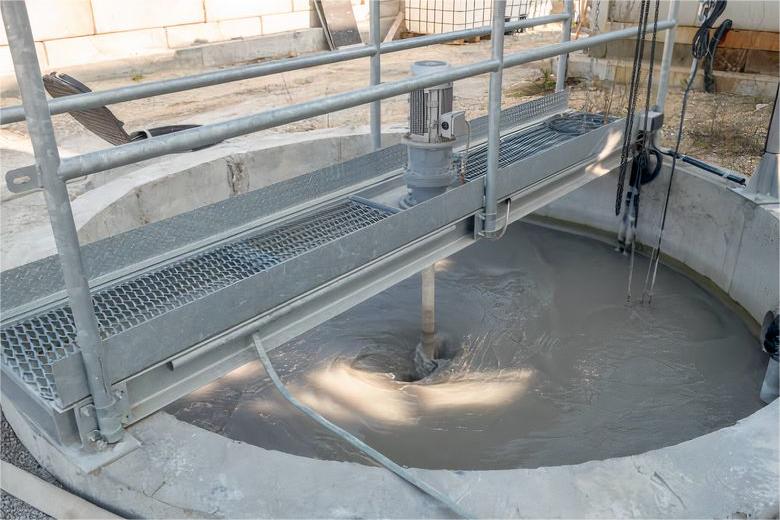
Which step in water treatment requires rapid mixing?
In water treatment, a rapid mixing step is commonly used in the coagulation process. Coagulation is the first step in water treatment and involves adding chemicals to the water to neutralize the negative charges on suspended particles. This causes the particles to clump together or flocculate, making them easier to remove from the water. A rapid mixing tank is usually followed by a flocculation tank. In a flocculation tank, instead of fast mixing, only slow mixing is required and the water is gently mixed to bring the flocculated particles together.
Why do you need to mix rapidly?
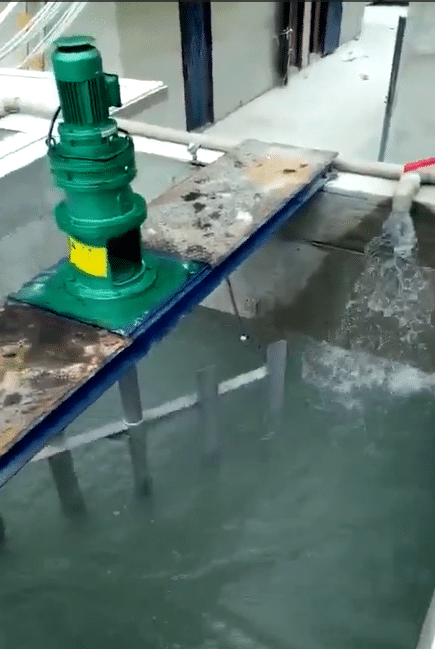
The purpose of rapid agitation is to ensure that the coagulant is evenly distributed throughout the water. This is important because the coagulant needs to be in contact with all suspended particles in order to destabilize them. If the coagulant is not evenly distributed, some particles may not be destabilized and will not flocculate.
Ensure that the chemical is evenly distributed throughout the water. This is necessary for the chemical to effectively neutralize the negative charge on the particles.
Other reasons
- To speed up the flocculation process. This allows particles to clump together faster, making it easier to remove them from the water.
- Prevents chemicals from reacting with each other before they can take effect. Some chemicals can react with each other to form harmful compounds. Rapid mixing helps prevent this from happening.
- Reduce the amount of chemicals needed. This can save money and reduce the environmental impact of water treatment.
- Improve the quality of treated water. This can make the water safer to drink and use for other purposes.
How to mix rapidly?
Rapid mixing is usually done in a tank with a high-speed impeller. The impeller creates a vortex that allows the water and the coagulant to mix quickly. The mixing time is usually very short, only a few minutes. With high-speed mixers, these mixers create a lot of turbulence, which helps to mix the chemicals and water quickly.
There are two main types of mixers used in water treatment: mechanical mixers and static mixers:
- Mechanical mixers use rotating blades or paddles to create turbulence, which helps mix chemicals and water together. They can be either in-line mixers placed in the water stream or tank mixers placed inside a tank. HAOSH Tank Agitator Mixer and Submersible Mixer meet both of these criteria perfectly.


- Static mixers do not have any moving parts. They use a series of baffles to create turbulence without moving parts. Static mixers are typically used in tanks and can be placed in a variety of configurations to produce the desired mixing pattern. In general, static mixers are better suited for flocculation because they produce a gentle mixing action that helps prevent flocculation break-up. HAOSH Static Mixer can slowly mix flocculants to achieve the required level. However, mechanical mixers can also be used for flocculation, as long as the mixing rate is kept low.
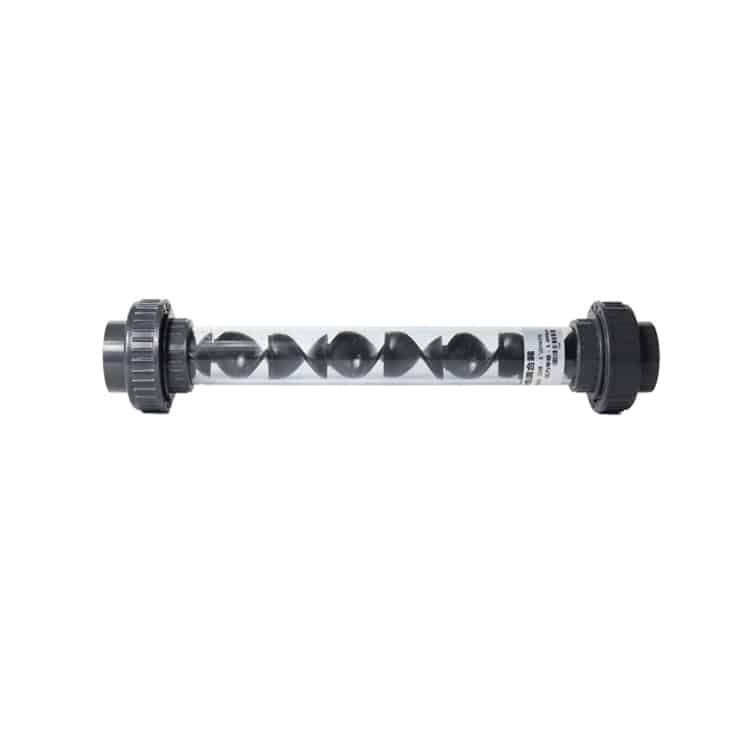
How do I need to transfer chemicals before rapid mixing?
Coagulant first needs to be delivered into the tank before rapid mixing. In-line dosing is a method of delivering coagulant and flocculant directly into the water stream. This is usually done using a metering pump that meters out the correct amount of chemical and mixes it into the water as it flows through the pump. HAOSH HJ-Z Mechanical Dosing Pump and H Solenoid Dosing Pump can effectively deliver a variety of chemicals.
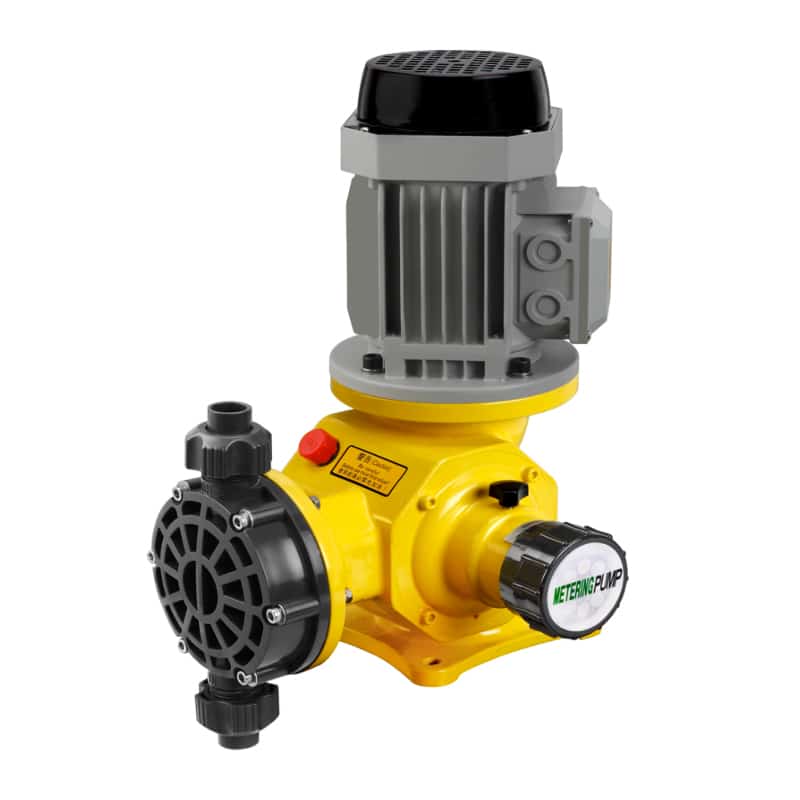
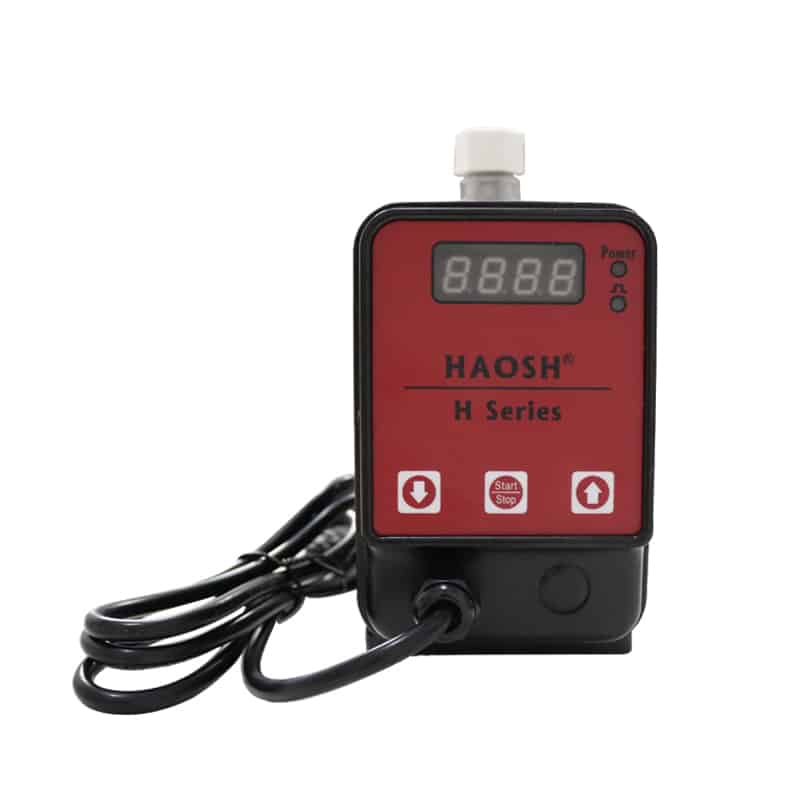
What problems can occur when mixing?
Rapid mixing is a common practice in water treatment, but it can also lead to a number of problems. The following are some of the problems that can occur with rapid mixing:
- Disintegration of flocs. Flocs are small clumps of particles that form during the coagulation process. Rapid mixing can break down these flocs, making them more difficult to remove from the water.
- Increased turbulence. Rapid mixing increases turbulence in the water, which can damage equipment and make the process difficult to control.
- Increased energy consumption. Rapid mixing requires more energy than slower mixing methods. This can increase the cost of water treatment.
- Increased shear stress. Shear stress is the force exerted on the particles as they move through the fluid. Rapid mixing increases shear stress, which damages particles and reduces their efficiency in removing contaminants from water.
To avoid these problems, it is important to use the right amount of mixing energy and to carefully monitor the process. In some cases, it may be necessary to use slower mixing methods.
Here are some additional tips to avoid problems with quick mixes
- Use the right type of mixer for the job. Some mixers break down flocs more easily than others.
- Use the right amount of mixing energy. Too much energy can damage particles and reduce their efficiency in removing contaminants from the water.
- Monitor the process carefully. Look for signs of floc break-up or increased turbulence.
- Type of chemicals used. Some chemicals are more difficult to mix than others.
- Water temperature can also affect the amount of rapid mixing required. Cold water requires more mixing than warm water.
- Viscosity of the water. Thick water is more difficult to mix than thin water.
Adjust mixing conditions as needed. If you find problems, you may need to reduce the mixing energy or use a slower mixing method.
Besides using a high-speed mixer, what other methods can be used to mix rapidly?
- Aeration is used. Aeration introduces air into the water, which helps break surface tension and creates more mixing.
- Use baffles. Baffles are plates that are placed inside the mixing tank. They help create turbulence and prevent the water from rotating too much.
- Use gravity. If you want to mix liquids, you can use gravity to pour the ingredients from a higher container into a lower container. This will help to mix the ingredients faster.
By using these techniques, you can ensure that the chemicals are mixed quickly and evenly, thus improving the quality of the treated water.
Summary
In addition to coagulation, rapid mixing can be used in other water treatment processes such as sludge conditioning and odor control. However, the most common use of rapid mixing is in the coagulation process.
HAOSH offers Hydraulic Dosing Pump, Motor Driven Metering Pump, Pump Accessories and Dosing System in addition to Mixer Agitator, Solenoid Dosing Pump and Mechanical Dosing Pump. HAOSH offers a wide range of water treatment dosing products and solutions to ensure your success, please feel free to contact us.
